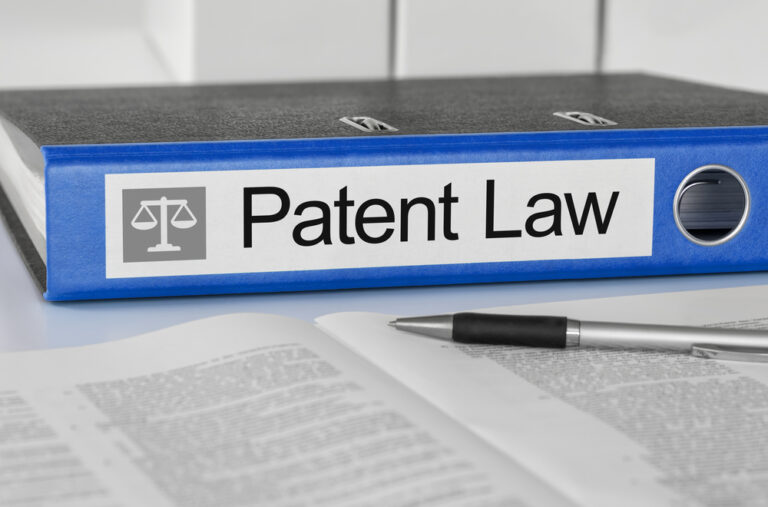After spending years developing and patenting an invention, it’s frustrating to think you could lose those protections in just a few short years. At the same time, understanding the duration of patent protection is critical to preserving your rights and planning for the long-term success of your business.
At Gearhart Law, our experienced New Jersey and New York patent attorneys want you to have the information you need to protect your innovative ideas. In this blog, we explain how long different types of patents last, how to extend protection where possible, and what to consider when your patent is set to expire.
How Long Do Patents Last?
There are three main types of patents in the United States: utility patents, design patents, and plant patents. Each type offers a different duration of protection, depending on the nature of the invention and when it was filed.
Utility Patents: Duration and Maintenance
Utility patents are the most common type of patent. They protect new and useful processes, machines, manufactured items, compositions of matter, and improvements to existing inventions. The duration of a utility patent depends on when it was filed:
- For applications filed on or after June 8, 1995, utility patents last 20 years from the earliest non-provisional filing date.
- For applications filed before June 8, 1995, the term is the greater of 17 years from the issue date or 20 years from the filing date.
Failing to pay required maintenance fees on time can result in the patent expiring early.
Design Patents
Design patents protect the unique visual characteristics or ornamental design of a manufactured item—such as the shape of a bottle or the look of a smartphone. Unlike utility patents, design patents last for 15 years from the date they are granted. No maintenance fees are required.
Plant Patents
Plant patents cover newly invented or discovered and asexually reproduced plant varieties. The duration of protection is similar to that of utility patents and also depends on the filing date:
- For plant patent applications filed on or after June 8, 1995, the term is 20 years from the earliest U.S. filing date.
- For those filed before June 8, 1995, the term is the greater of 17 years from the issue date or 20 years from the filing date.
Like design patents, plant patents do not require maintenance fees. Once the 20-year term ends, the protected plant variety enters the public domain.
Can You Extend a Patent’s Duration?
In most cases, a patent’s term cannot be extended. However, certain situations—especially in regulated industries like pharmaceuticals or biotechnology—may qualify for additional protection:
- Patent Term Adjustment (PTA): If delays occur during the examination process at the U.S. Patent and Trademark Office (USPTO), the patent term may be extended to account for lost time.
- Patent Term Extension (PTE): If a product covered by the patent required regulatory review (such as FDA approval), the term may be extended by up to five years. The total time of market exclusivity, however, cannot exceed 14 years from the date of regulatory approval.
Potential Strategies If Your Patent Will Soon Expire
As your patent’s expiration date approaches, it’s natural to consider ways to continue leveraging your intellectual property. Here are some strategic steps you might take:
- File for improvement patents: Even if your original patent expires, you can apply for new patents on improvements or modifications to your original invention. A new patent doesn’t extend the original patent, but it can protect the new aspects or enhancements you’ve developed to maintain your competitive edge.
- Explore design patents: If your invention has unique aesthetic features, consider applying for a design patent. These protect the appearance of your product and can provide additional layers of protection.
- Utilize trade secrets: Some aspects of your invention might be kept as trade secrets. This approach is particularly useful for processes or parts of your invention that are not easily discoverable or reverse-engineered.
- Licensing: Consider negotiating licensing agreements that extend beyond the life of your patent. Licensing deals can provide ongoing revenue streams even after patent protection ends.
- Market positioning: Strengthen your market presence through branding and trademarks. A strong brand can offer a competitive advantage that lasts well beyond the life of a patent.
How Our New York and New Jersey Patent Lawyers Can Help
The experienced patent lawyers at Gearhart Law help innovators throughout New Jersey and New York protect and maximize their intellectual property. Whether you’re applying for your first patent, seeking to protect improvements, or exploring ways to monetize or extend your current rights, we’re here to help. Call Gearhart Law today for a consultation with an experienced patent attorney.


